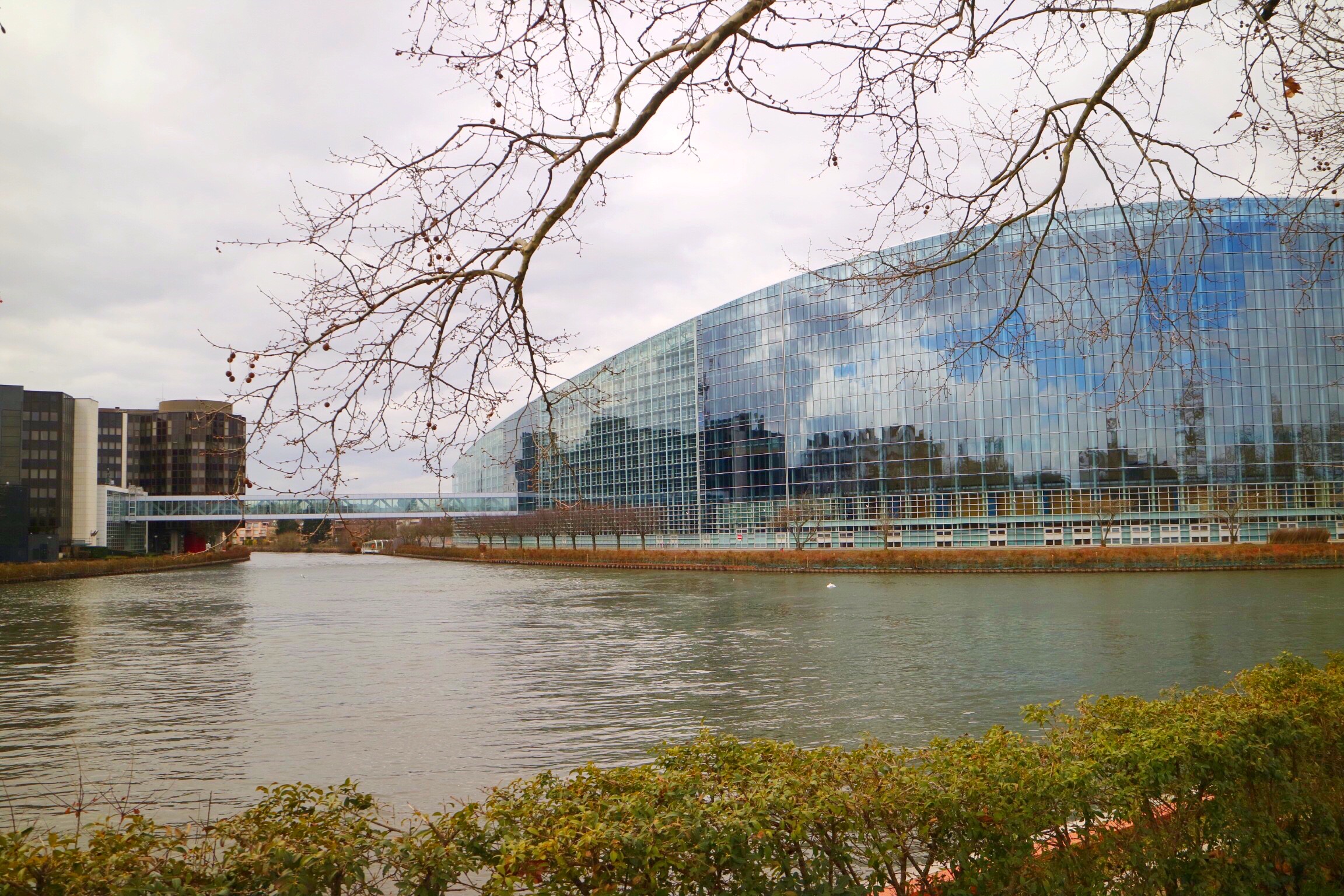As a German-Maltese couple we get to travel to Germany rather frequently (surprise, surprise) – and, due to my local knowledge and family living there, we often get to travel to places a bit off the usual tourist tracks, too.
I often notice that people tend to reduce Germany to very specific regions and cultural influences (yes, Bavaria is one of them ??) and often forget, that there’s much more to see outside the metropolitan areas like Hamburg, Berlin and Munich. So I decided to start working on a series of articles to highlight different areas, smaller cities and regions around Germany.
I’m dedicating the first article of this series to Schleswig-Holstein, the northernmost state of Germany, often advertised as “the true north”. Schleswig-Holstein shares a border with Denmark and, due to it’s location between North and Baltic Sea, offers not only a lot of beaches and coastlines, but many smaller picturesque towns directly next to the sea.
Hamburg is the closest metropolitan area bordering Schleswig-Holstein from the south. Hamburg Airport is the go-to airport for virtually all northerners who wish to go on holiday or have any other business to conduct abroad. It’s also your best chance to get to Schleswig-Holstein. As of this year, Air Malta is flying to Hamburg (again) every Wednesday, starting from end of October.
Your options to get around Schleswig-Holstein are limited, but not necessarily bad. Regional trains connect most cities around Schleswig-Holstein. There are frequent (hourly) trains from Hamburg to most major cities such as Kiel, Lübeck, Neumünster and Flensburg. I will add details to each destination as I explain them. There’s no city in Schleswig-Holstein that has a metro or tram system, they are simply to small. You’ll have to deal with buses once you arrive at the respective central train stations or use your (hopefully) healthy feet (which is a feasible option in at least a few places).
Pro Tipp: When travelling with the train and you’re a) either travelling as a group (up to 5) or b) making multiple trips a day – opt for the ‘Schleswig-Holstein ticket’ – a ticket that allows you and up to 4 other people to use trains within Schleswig-Holstein unlimited for a whole day. You can find more information here.
Should you wish to go to some of the smaller places, you are better off renting a car at Hamburg Airport. Rates are reasonable – and even though driving in Germany might be different if you’re from Malta (right-side driving) – traffic outside the city centres is usually calm – especially on the countryside.
Pro Tipp: You are under 23/25? A lot of rental car companies will charge an extra young-driver fee (age varies, but 25 is usually the oldest I have seen). Check out Budget, the low-cost subsidiary of Avis. They don’t charge those fees, have very good rates and very friendly service at Hamburg Airport. (I used to rent there a lot!)
Now, enough of the talk, let’s have a look at some cool places:
Lübeck
Holstentor, one of the main attractions
Lübeck is the home of Niederegger marzipan (definitely visit their store and/or café), the old town is a UNESCO world heritage site – and it’s also very beautiful with lots of buildings dating back to the ages of the ‘Hanseatic League‘, a medieval confederation of merchants that dominated maritime trade in the Baltic Sea for many centuries. Today you can still find the remnants of the ‘Hanse’, old warehouses and trade posts and the general architectural style, which was heavily influenced by the Hanseatic League.
Lübeck can be reached by train from Hamburg multiple times a day – the journey takes approximately an hour. All of the city core is walkable. Go from the central station to the iconic ‘Holstentor’, from there continue into the old city.
Flensburg
The Harbour of Flensburg
Just like Lübeck, Flensburg is a rather small city with a very mixed history. Once Motorola had a huge factory in Flensburg, employing up to 3’000 people at peak times, but as the market changed – and Motorola lost market shares – job cuts increased unemployment in the region – leading to a slow decay of the town. Unemployment remained high and just started to decrease in recent years. However, the harbour area is, especially on sunny days, quite beautiful. So is the historic town center, the main shopping street and the central squares Südermarkt and Nordermarkt which are full of small cafés, bakeries and bars/pubs. Come here for a day, enjoy the scenery, try a ‘Flensburger‘ (a locally brewed, bitter beer) and relax.
Flensburg can be reached by train from Hamburg and a number of other cities around Schleswig-Holstein. There are frequent trains and the journey time varies up to a maximum of two hours when coming all the way from Hamburg. You can walk from the train station to the city centre or opt for one of the frequent buses going to the ‘ZOB’, the central bus station in the very center.
St. Peter Ording
Sankt Peter Ording’s beach
Sankt Peter Ording is the place visited most often (by tourists) in Schleswig-Holstein. It’s a seaside spa and what you’ll find there is a number of decent hotels, a massive beach, dunes and a perfect place to relax. It’s a very popular beach for water/beach sports and tends to get slightly crowded during summer months. Sankt Peter Ording is located at the North Sea, as such summers here are cool – and a cold breeze is a regular occurrence.
Westerhever Lighthouse
You ever had the feeling you want to be far away from everyone and everything? Well, this is your chance! Westerhever Lighthouse is roughly a kilometer away from the coastline – around there you will see … exactly – nothing. There’s no trees, no hills, nothing in sight – but – there’s this very iconic Lighthouse which has been opened to the public in 2001. It has been built in the early 1900’s and it one of the most well known lighthouses around Germany. Locals come here for a walk and to catch a ‘fresh breeze’ – or maybe just because they want to be left alone – who knows ?
Finally …
There’s lots more to see and to do, however, it would simply be too much for this article, so that I will list a few more things ‘compressed’ here:
- Kiel – is the capital of Schleswig-Holstein. There’s not much to see, but during June there’s the Kiel Regatta, with a lot of ships coming to town and events (live music and such) taking place all around the harbour
- Laboe Naval Memorial – is a memorial tower close to Kiel. It was errected as memorial tower for sailors of all nationalities who lost their life at sea. There’s U-995, a fully restored submarine built and utilised during the 2nd world war next to it (quite interesting, you can walk through it).
- There’s a number of islands such as Sylt and Föhr, both very popular with locals and tourists alike.
- Bad Segeberg – is host to the open air theater reenacting the stories of Winnetou, written by Karl May.
There’s probably a lot more that I haven’t listed (yet).
Have you ever been around Schleswig-Holstein? 🙂 Any places that you would like to visit? Leave us a comment!






